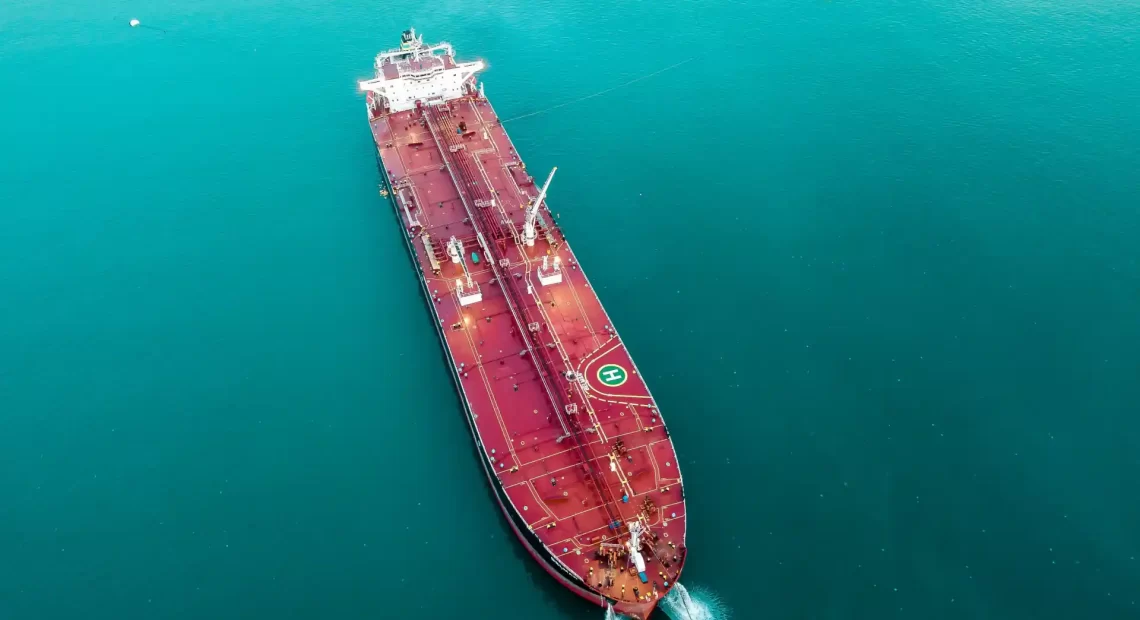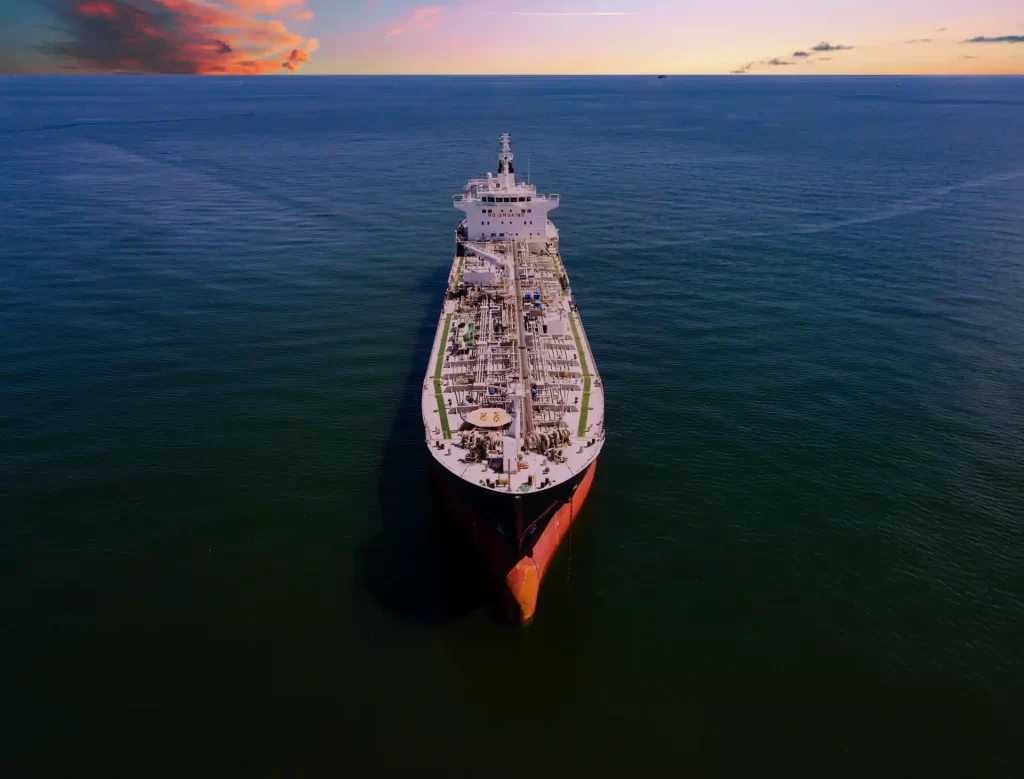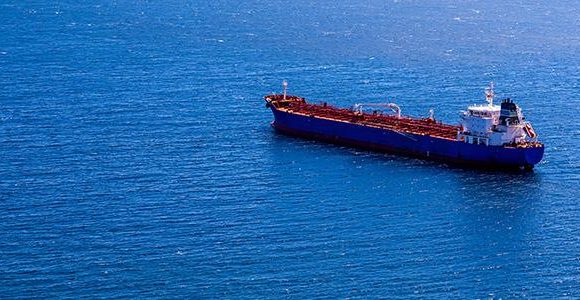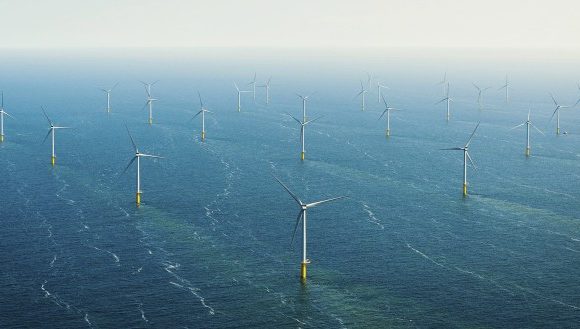The effectiveness of traditional oil spill response techniques such as booms and skimmers

Oil spills are an all-too-common occurrence, and their impact on the environment and wildlife can be devastating. A quick and effective response is essential to reduce the damage, and traditional techniques such as booms and skimmers have been used for decades to contain and remove spilled oil from the water’s surface. However, there is much debate about the effectiveness of these techniques in different circumstances. In this article, we will delve into the effectiveness of traditional oil spill response techniques, their limitations, and the new technologies being developed to improve oil spill response.
Booms and Skimmers: The Basics
Booms are floating barriers that are used to contain spilled oil on the water’s surface, preventing it from spreading further. Skimmers, on the other hand, are devices that are used to remove oil from the surface of the water. Skimmers work by using suction and mechanical means to separate the oil from the water. When used together, booms and skimmers can be an effective means of containing and removing spilled oil from the water’s surface.
Effectiveness of Booms and Skimmers
The effectiveness of booms and skimmers in containing and removing spilled oil from the water surface depends on several factors. The type of oil that has been spilled is one of the most significant factors. Different types of oil have different properties, which can affect their behaviour in water. Heavy oils are more likely to sink below the water surface, making them harder to contain and remove using booms and skimmers. Lighter oils, on the other hand, are more likely to stay on the surface, making them easier to contain and remove.
Weather conditions also play a crucial role in the effectiveness of booms and skimmers. In rough seas, waves can easily break booms and disperse spilled oil, making it more difficult to contain. Similarly, high winds can cause skimmers to be less effective, as the oil is more likely to be dispersed.
The spill’s size and shape can also affect booms and skimmers’ effectiveness. If the spill is large and spreading rapidly, it may be challenging to contain using booms alone. Similarly, if the oil has spread out into a thin layer, it may be harder to remove using skimmers.
Despite these limitations, booms and skimmers remain an essential tool in the response to oil spills. When used correctly, they can effectively contain and remove spilled oil from the water surface. However, they are not a one-size-fits-all solution, and other response techniques may be necessary in certain circumstances.

New Technologies
In recent years, there has been significant research and development into new technologies that can be used in response to oil spills. One such technology is the use of unmanned aerial vehicles (UAVs) to detect and monitor oil spills. UAVs equipped with high-resolution cameras and sensors can be used to detect the presence and extent of oil spills quickly and accurately, allowing for a more rapid response.
Another technology that has been developed is the use of dispersants. Dispersants are chemicals that are used to break up oil into smaller droplets, which can then be more easily dispersed and broken down by natural processes. While the use of dispersants remains controversial, they can be an effective tool in certain circumstances.
In addition, some experimental work has been done on the use of microorganisms to break down spilled oil. Certain types of bacteria and fungi are able to break down hydrocarbons, the main component of oil, into harmless by-products. While still in the experimental stage, the use of microorganisms to clean up oil spills shows promise as a more environmentally friendly alternative to traditional response techniques.
Conclusion
In conclusion, while traditional oil spill response techniques such as booms and skimmers can effectively contain and remove spilled oil from the water surface, their effectiveness depends on several factors, including the type of oil spilled, weather conditions, and the size and shape of the spill. It is essential to remember that these techniques are not a one-size-fits-all solution, and other response techniques may be necessary in certain circumstances.
New technologies, such as UAVs, dispersants, and microorganisms, show promise in improving the effectiveness of oil spill response. These technologies offer new solutions to some of the limitations of traditional response techniques, allowing for a more rapid and effective response to oil spills.
Ultimately, the effectiveness of oil spill response techniques depends on the ability to quickly and effectively respond to spills, while also minimizing the impact on the environment and wildlife. By continuing to research and develop new technologies, we can improve our response to oil spills and reduce the long-term impact on our planet.
Resources
Oil Spill Prevention And Response
Oil Spills Prevention and Preparedness Regulations















